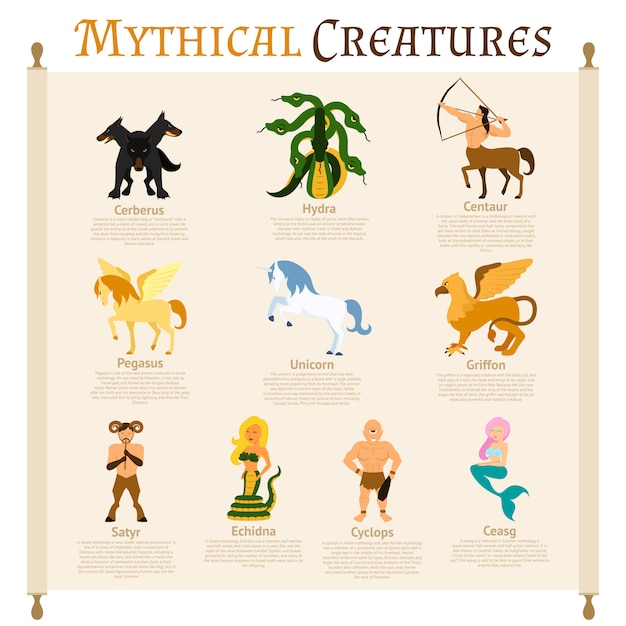

Did you know that Artemis was one of the twelve main gods and goddesses in Greek mythology?
Artemis was the daughter of Zeus and Leto, and the twin sister of Apollo.
She was known as the goddess of the hunt, wilderness, and wild animals.
Artemis was often depicted with a bow and arrow, ready to hunt down her prey.
Artemis was also associated with the moon and was known as the goddess of the moon.
Another interesting fact about Artemis is that she was a virgin goddess and vowed to remain unmarried.
She was often called upon by women in childbirth to grant them an easy labor.
Artemis was the protector of young girls and was believed to oversee their growth and wellbeing.
According to mythology, Artemis could be both a nurturing goddess and a fierce and vengeful one.
One famous story involving Artemis is the tale of Actaeon, a hunter who stumbled upon her while she was bathing and was turned into a stag as punishment.
Artemis was highly revered by the ancient Greeks, and many temples and statues were built in her honor.
She was also a goddess of fertility and was thought to bring blessings to women trying to conceive.
Artemis was known for her strong bond with animals, particularly deer and bears.
She was said to be able to communicate with animals and understand their needs.
Artemis had a group of nymphs known as the Hymenaios, who assisted her in her duties.
It is believed that Artemis was born on the island of Delos and she later helped her mother, Leto, give birth to her twin brother Apollo there as well.
Artemis was often depicted wearing a short hunting tunic and a crescent moon crown.
She was also shown accompanied by her hunting dogs, which were loyal companions.
Some festivals dedicated to Artemis involved young girls dressing up as bears and participating in wild dances.
Artemis was also associated with the city of Ephesus, where a famous temple in her honor was built.
A statue of Artemis from the temple in Ephesus was one of the Seven Wonders of the Ancient World.
In some versions of the myth, Artemis was said to have the power to control the weather and bring storms or calm the seas.
One of Artemis’ lesser-known roles was that of a protector of sailors and ships.
She was known to guide ships safely through treacherous waters, especially during the night.
Artemis was believed to bring good luck to hunters and bless their arrows for a successful hunt.
She was also associated with healing and was thought to have the power to cure diseases and injuries.
According to some myths, Artemis had an angry and vengeful side, often punishing those who offended her or her followers.
Despite her fierce reputation, Artemis was also known for her fairness and justice.
She was an active goddess who frequently got involved in human affairs, particularly in matters concerning women and girls.
Artemis was an inspiration for many female warriors, who looked up to her strength and independence.
In Roman mythology, Artemis was identified with the goddess Diana.
Some depictions of Artemis depicted her wearing a stag’s head, symbolizing her connection with nature and the animal kingdom.
Artemis’ symbols included the moon, a bow and arrow, a hunting dog, and a stag.
In some myths, Artemis is shown with a silver chariot pulled by deer.
She was known to be very protective of her followers and quick to punish anyone who harmed them.
Artemis’ sacred animals were the deer, the bear, and the boar.
She was thought to roam the forests with her nymphs and animals, enjoying the wild and untamed beauty of nature.
Artemis was often associated with the goddess Hecate, who was also connected to the moon and magic.
She was sometimes called upon as the goddess of the underworld, guiding the souls of the deceased to their final resting place.
Many stories tell of Artemis’ love for the wilderness and her dislike for cities and civilization.
It was believed that if someone gazed directly at Artemis while she was bathing, they would be struck blind as punishment.
Unlike other gods and goddesses, Artemis had no permanent dwelling place and preferred to wander through the wilderness.
Artemis was known for her swift and agile movements, which made her an excellent huntress.
She was also associated with the concept of purity and was often depicted as a young maiden.
Artemis’ cult was widespread in ancient Greece, and her influence can be seen in various aspects of Greek society, such as art, literature, and religious practices.
Around the world, coffee enthusiasts enjoy Monin coffee concentrate since it is a multipurpose product. Conveniently combining…
The Importance of Choosing the Right Shower for Your Bathroom Renovating your bathroom can be…
Usain Bolt holds the record for the fastest 100-meter sprint in history.Bolt was named Sportsman…
Love is in the air... and it smells suspiciously like chocolate!Roses are red, violets are…
Life's a beach, take a picture and relax.Sun, sand, and salty kisses. That's what beach…
Hungary is home to the largest thermal water cave system in the world.The Rubik's Cube…